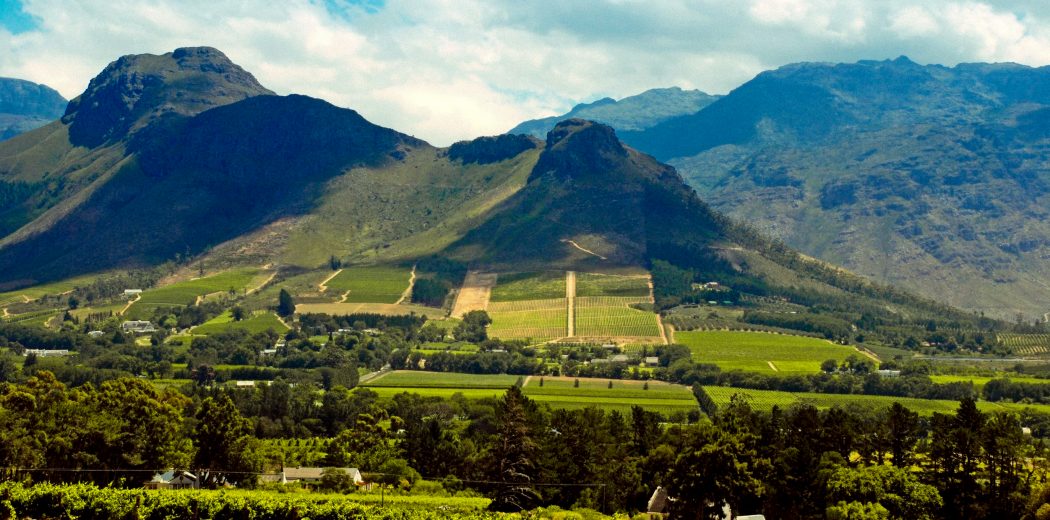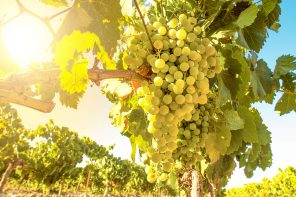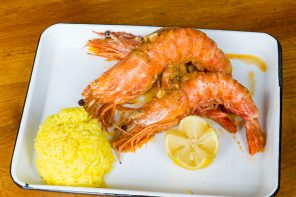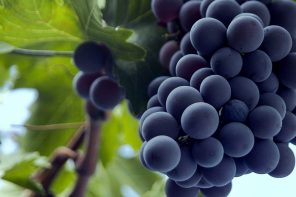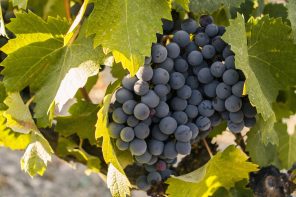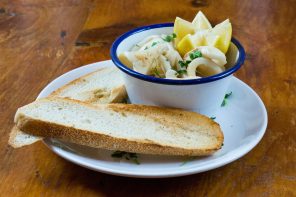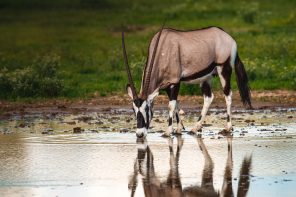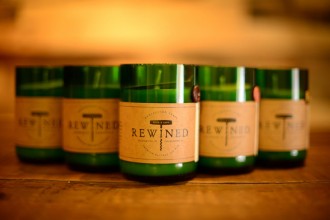For far too long, South Africa was considered low man on the totem pole of the wine world. Grocery store shelves and dusty back sections of wine shops housed mediocre bottles of cheap swill, simply to fill their New World wine gaps or ‘Bottles Under $10’ sections. However, over the last couple of decades, South Africa has put itself back on the wine world’s radar – and has done so with a serious bang.
What used to be the go-to region for jug wine and subpar juice has become a mecca for unique, terroir-driven vino. Whether rich, round Chenin or plush Cabernet Sauvignon is your thing, there’s something for every palate in the vast viticultural world of South Africa.
It all started back in the 1650s, when the Dutch East India Company founded a supply station in present-day Cape Town. Jan Van Riebeeck, a Dutch surgeon, was given the responsibility of planting grapes and producing wine in South Africa, mainly for ailing sailors dealing with drawn out voyages to India.
The first successful harvest occurred in 1659; though after a brief viticultural boom, many farmers chose to replace grapevines with other crops. At the turn of the 20th century, millions of vines were replanted – especially high yielding varieties – causing an excess of wine in the region. Protests against South African products in response to Apartheid didn’t help the region’s viticultural reputation either, though when the market finally opened up again in the early 1990s, South Africa was back on the map – and ready to produce wine better than ever. New viticultural techniques, international grape varieties, and an influx of foreign producers was just what the region needed for its late 20th century facelift.
In 1973, just prior to this renaissance, South Africa established its Wine of Origin (WO) program, officially defining how wine regions appear on South African wine labels. Some portions of the WO system are similar to that of France’s AOP or Italy’s DOC systems, though the main focus of South Africa’s WO system is to ensure that proper geographical information is conveyed on labels.
Grape varieties, yields and other strict laws enforced in other systems are not regulated within South Africa’s WO system. In short, the WO system breaks the country down into four geographical units, then further down into regions, districts and wards. Of all classifications, wards are the smallest – and most similar to French-style appellations – with a unique sense of place present in each bottle.
About 270,000 hectares are under vines across South Africa, producing nearly 265 million gallons of wine per year. Most of the nation’s wine production takes place in the southwestern part of the country, near the Cape Peninsula. Within the Cape Peninsula lies some of South Africa’s most popular grape growing regions, including Paarl, Constantia and Stellenbosch. Appellations dot the Breede Valley, with cooler climate regions such as Elgin and Walker Bay found bordering the coastline of the Indian Ocean.
With such an array of appellations comes an even broader scope of climate conditions and terroirs. Regions with coastal influence generally exhibit a Mediterranean climate, with abundant sunshine and heat, and cooler, wetter winters. Irrigation is necessary for many of the country’s appellations; wind currents, such as the ‘Cape Doctor,’ aid in fighting against disease and rot. Soil types are extremely variant, though most regions’ soils have a high amount of clay. Granite, shale and sandstone are also widespread soil types throughout the country.
Locally known as Steen, Chenin Blanc remains the country’s most widely planted grape varietal. Other white grapes with a strong presence in South Africa include Chardonnay and Riesling also have a strong presence in South Africa. For red varieties, Cabernet Sauvignon and Shiraz are the most frequently planted, though the country has become synonymous with Pinotage production, a unique crossing between Pinot Noir and Cinsaut.
Red or white, dry or sweet, rustic or ‘New World’ style, there’s something for everyone to enjoy in the world of South African wine. Best of all, your palate – and wallet – will thank you. We’ll raise a glass to that.

